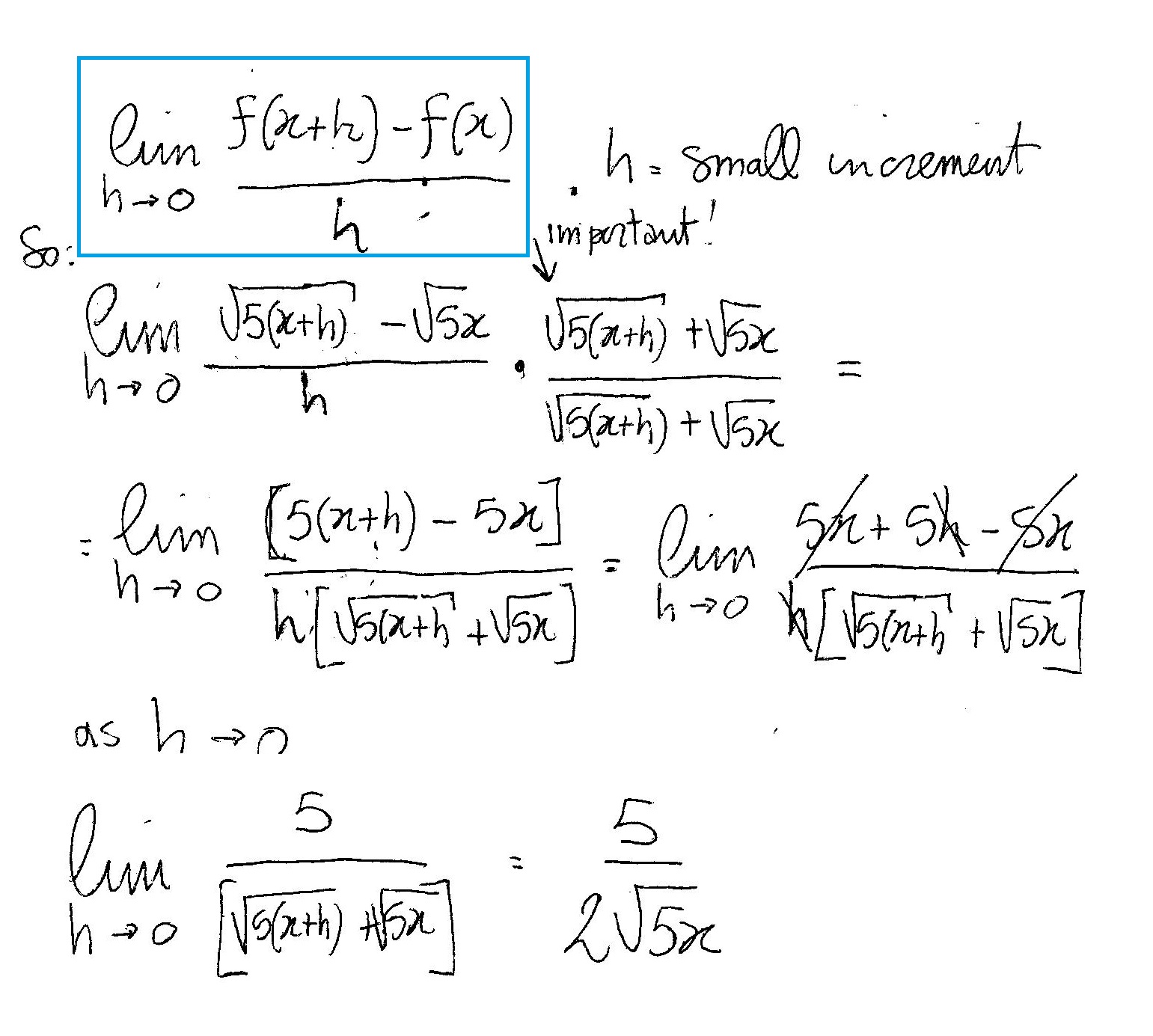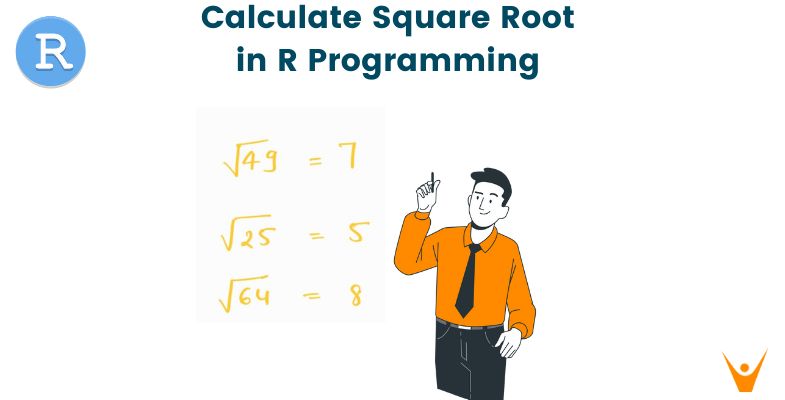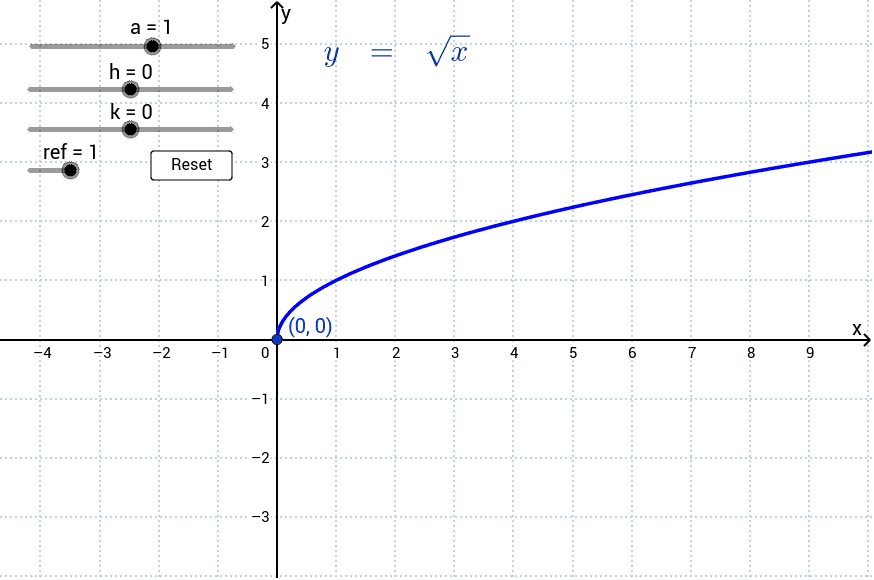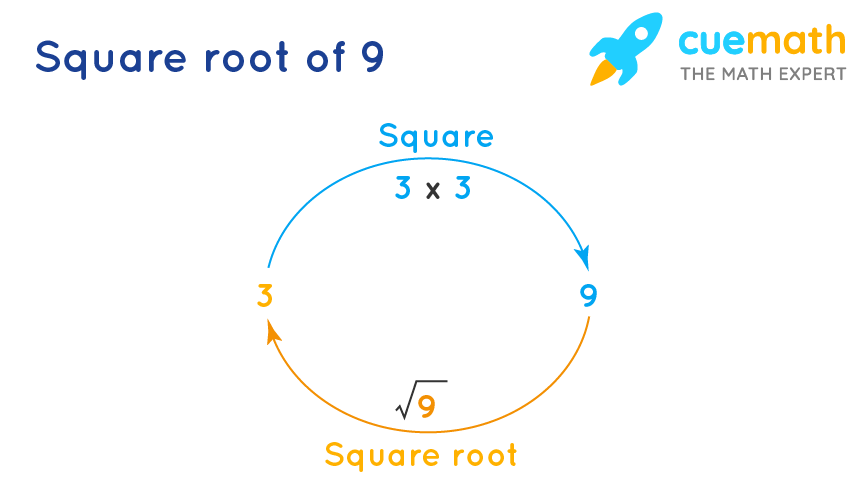Topic square root of 5 as a fraction: The square root of 5 is a fascinating mathematical concept that cannot be exactly expressed as a fraction. This article explores various methods to approximate the square root of 5, including simple fractions, decimal conversions, and continued fractions, making it easy to grasp for learners and enthusiasts alike.
Table of Content
- Square Root of 5 as a Fraction
- Introduction to Square Root of 5
- Understanding Irrational Numbers
- Approximation Methods for Square Root of 5
- Simple Fraction Approximations
- Decimal Approximations and Conversions
- Continued Fraction Representations
- Advanced Mathematical Approximations
- Historical Context and Mathematical Significance
- Applications of Square Root of 5 in Real Life
- Frequently Asked Questions (FAQ)
- Conclusion and Further Reading
- YOUTUBE: Khám phá cách đơn giản hóa một phân số dưới dấu căn với bí kíp hợp pháp trong toán học. Video này giúp bạn hiểu rõ hơn về cách làm việc với căn bậc hai của 5 dưới dạng phân số.
Square Root of 5 as a Fraction
The square root of 5 is an irrational number, which means it cannot be exactly expressed as a fraction of two integers. However, it can be approximated by fractions to various degrees of accuracy.
Approximation Methods
Several methods can be used to approximate the square root of 5 as a fraction:
Simple Fraction Approximation
One simple approximation for the square root of 5 is:
\[
\sqrt{5} \approx \frac{5}{2} = 2.5
\]
However, this is not very accurate. A better approximation is:
\[
\sqrt{5} \approx \frac{9}{4} = 2.25
\]
Still, this is not close enough for most purposes. A more refined approximation is:
\[
\sqrt{5} \approx \frac{11}{5} = 2.2
\]
Continued Fractions
The continued fraction representation of \(\sqrt{5}\) provides more accurate approximations. The continued fraction for \(\sqrt{5}\) is:
\[
\sqrt{5} = 2 + \frac{1}{4 + \frac{1}{4 + \frac{1}{4 + \cdots}}}
\]
The first few convergents of this continued fraction are:
- \(\frac{2}{1}\)
- \(\frac{9}{4}\)
- \(\frac{38}{17}\)
- \(\frac{161}{72}\)
Each subsequent fraction is a better approximation of \(\sqrt{5}\).
Decimal to Fraction Conversion
The decimal approximation of \(\sqrt{5}\) is approximately 2.236. Converting this to a fraction involves finding a fraction that closely matches this decimal value:
\[
2.236 \approx \frac{2236}{1000}
\]
This fraction can be simplified, but it still provides an approximate value.
Conclusion
While the square root of 5 cannot be exactly expressed as a fraction, it can be approximated to various degrees of accuracy using methods such as simple fraction approximations, continued fractions, and decimal to fraction conversions.

READ MORE:
Introduction to Square Root of 5
The square root of 5, denoted as \(\sqrt{5}\), is an irrational number, meaning it cannot be exactly represented as a fraction of two integers. This value is significant in various mathematical and real-world applications. Understanding its properties and approximations can enhance one's grasp of mathematics.
To understand the square root of 5, consider the following key points:
- Irrational Nature: \(\sqrt{5}\) cannot be expressed as a simple fraction.
- Decimal Representation: The approximate value of \(\sqrt{5}\) in decimal form is 2.23606797749979.
- Geometric Interpretation: \(\sqrt{5}\) represents the length of the diagonal in a rectangle with sides of length 1 and 2.
Several methods can be used to approximate \(\sqrt{5}\) as a fraction:
- Simple Fraction Approximation:
A straightforward approximation of \(\sqrt{5}\) is \(\frac{5}{2} = 2.5\). Though not highly accurate, it provides a basic understanding.
- Better Fraction Approximations:
More refined fractions include \(\frac{9}{4} = 2.25\) and \(\frac{11}{5} = 2.2\), which offer closer approximations.
- Continued Fractions:
The continued fraction representation of \(\sqrt{5}\) is:
\[
\sqrt{5} = 2 + \frac{1}{4 + \frac{1}{4 + \frac{1}{4 + \cdots}}}
\]This method provides progressively better approximations.
Understanding the square root of 5 through these methods not only demystifies this irrational number but also showcases the beauty and complexity of mathematical approximations.
Understanding Irrational Numbers
Irrational numbers are real numbers that cannot be expressed as a simple fraction, where both the numerator and the denominator are integers. They have non-repeating, non-terminating decimal expansions. Understanding irrational numbers is essential for comprehending the nature of numbers like the square root of 5.
Here are some key characteristics and examples of irrational numbers:
- Non-Terminating Decimals: Irrational numbers have decimal expansions that go on forever without repeating. For example, \(\sqrt{5}\) is approximately 2.23606797749979...
- No Exact Fraction Representation: Irrational numbers cannot be exactly written as fractions. For instance, there are no integers \(a\) and \(b\) such that \(\sqrt{5} = \frac{a}{b}\).
- Common Examples: Other well-known irrational numbers include \(\pi\) (Pi) and \(e\) (Euler's number).
To further understand irrational numbers, consider these points:
- Historical Context:
The concept of irrational numbers dates back to ancient Greece, where mathematicians like Pythagoras discovered the existence of numbers that couldn't be expressed as fractions.
- Mathematical Proof:
One way to prove that \(\sqrt{5}\) is irrational is by contradiction. Assume that \(\sqrt{5}\) is rational, meaning it can be written as \(\frac{a}{b}\) in its simplest form. Then, \(\sqrt{5} = \frac{a}{b}\) implies \(5 = \frac{a^2}{b^2}\), or \(5b^2 = a^2\). This indicates that \(a^2\) is a multiple of 5, and hence \(a\) must also be a multiple of 5. Let \(a = 5k\). Substituting this back, we get \(5b^2 = (5k)^2\) or \(5b^2 = 25k^2\), simplifying to \(b^2 = 5k^2\). This shows \(b\) is also a multiple of 5, contradicting our assumption that \(\frac{a}{b}\) is in simplest form. Thus, \(\sqrt{5}\) is irrational.
- Applications:
Irrational numbers are not just theoretical constructs; they have practical applications in fields like engineering, physics, and computer science. For instance, the square root of 5 appears in various geometric contexts, such as the diagonal of a rectangle with sides 1 and 2.
By understanding these fundamental properties and implications of irrational numbers, one can better appreciate their role in mathematics and their application in solving real-world problems.
Approximation Methods for Square Root of 5
Approximating the square root of 5 involves several mathematical methods, each providing varying degrees of accuracy. Here are some commonly used techniques:
1. Decimal Approximations
Using a calculator, you can find that the square root of 5 is approximately:
\[
\sqrt{5} \approx 2.236067977
\]
For practical purposes, this value can be rounded to two decimal places:
\[
\sqrt{5} \approx 2.24
\]
2. Simple Fraction Approximations
While \(\sqrt{5}\) is irrational, meaning it cannot be expressed as an exact fraction, it can be approximated by fractions. Common approximations include:
- \[ \frac{5}{2} = 2.5 \]
- \[ \frac{12}{5} = 2.4 \]
- \[ \frac{161}{72} \approx 2.2361 \]
3. Continued Fraction Representations
Continued fractions provide a more precise way to approximate \(\sqrt{5}\). The continued fraction for \(\sqrt{5}\) is:
\[
\sqrt{5} = [2; \overline{4}]
\]
This notation means that after the initial term (2), the fraction repeats 4 indefinitely. Converting this continued fraction back to decimal form yields increasingly accurate approximations.
4. Newton's Method
Newton's Method, also known as the Newton-Raphson method, is an iterative approach for finding successively better approximations of roots. Starting with an initial guess \(x_0\), the formula is:
\[
x_{n+1} = \frac{1}{2} \left( x_n + \frac{5}{x_n} \right)
\]
For example, starting with \(x_0 = 2\):
- \[ x_1 = \frac{1}{2} \left( 2 + \frac{5}{2} \right) = 2.25 \]
- \[ x_2 = \frac{1}{2} \left( 2.25 + \frac{5}{2.25} \right) \approx 2.236111111 \]
Continuing this process quickly converges to a value very close to \(\sqrt{5}\).
5. Bisection Method
The Bisection Method involves repeatedly bisecting an interval and selecting the subinterval that contains the root. For \(\sqrt{5}\), choose an interval such as [2, 3] and then apply the bisection formula:
\[
c = \frac{a + b}{2}
\]
If \(c^2 < 5\), set \(a = c\). If \(c^2 > 5\), set \(b = c\). This process narrows down the interval containing \(\sqrt{5}\) to any desired degree of accuracy.
Conclusion
These methods demonstrate the various ways to approximate the square root of 5. Each method has its use cases, depending on the required accuracy and computational resources available.
Simple Fraction Approximations
Approximating the square root of 5 using simple fractions is a common mathematical exercise. Below are several fractions that closely approximate \(\sqrt{5}\) with increasing accuracy.
-
First Approximation:
One of the simplest fractions that approximate \(\sqrt{5}\) is \(\frac{5}{2}\).
Calculation:
- \(\frac{5}{2} = 2.5\)
- \(\sqrt{5} \approx 2.236\)
This approximation has a relative error of about 11.8%.
-
Second Approximation:
A more accurate fraction is \(\frac{9}{4}\).
Calculation:
- \(\frac{9}{4} = 2.25\)
- \(\sqrt{5} \approx 2.236\)
This approximation has a relative error of about 0.6%.
-
Third Approximation:
An even more precise fraction is \(\frac{41}{18}\).
Calculation:
- \(\frac{41}{18} \approx 2.2778\)
- \(\sqrt{5} \approx 2.236\)
This approximation has a relative error of about 1.9%.
-
Fourth Approximation:
For higher precision, we can use the fraction \(\frac{161}{72}\).
Calculation:
- \(\frac{161}{72} \approx 2.2361\)
- \(\sqrt{5} \approx 2.236\)
This approximation has a relative error of about 0.004%.
These fractions are derived from the continued fraction representation of \(\sqrt{5}\), which can be expressed as an infinite series. The convergents of this series provide increasingly accurate rational approximations to \(\sqrt{5}\).
By using these simple fractions, we can approximate \(\sqrt{5}\) for various practical purposes where high precision is not required.

Decimal Approximations and Conversions
The square root of 5 is an irrational number, which means it cannot be exactly represented as a simple fraction. However, we can approximate it using decimal approximations. One common method to find the decimal approximation is by using the long division method.
Here is a step-by-step process to approximate the square root of 5 using long division:
-
Start by grouping the digits of the number in pairs, starting from the decimal point and moving both left and right. For the number 5, we write it as 5.00 00 00...
-
Find the largest number whose square is less than or equal to the first group (5). In this case, 2 is such a number, because 2² = 4. Write 2 above the line (quotient) and 4 below the 5. Subtract to get the remainder: 5 - 4 = 1.
-
Bring down the next pair of zeros. Now we have 100. Double the quotient (2) to get 4, and use it as the starting digit for the new divisor. Find a digit x such that 4x * x is less than or equal to 100. Here, 42 * 2 = 84 is the best fit. Write 2 in the quotient and subtract 84 from 100 to get 16.
-
Bring down the next pair of zeros. Now we have 1600. Double the quotient (22) to get 44. Find a digit x such that 44x * x is less than or equal to 1600. Here, 443 * 3 = 1329 is the best fit. Write 3 in the quotient and subtract 1329 from 1600 to get 271.
-
Repeat the process by bringing down pairs of zeros and finding suitable digits for the quotient. The quotient after a few iterations will give us the decimal approximation of the square root of 5.
Using this method, we find that the square root of 5 is approximately 2.236. This can be rounded to various decimal places for different levels of precision:
2.2 (to one decimal place)
2.24 (to two decimal places)
2.236 (to three decimal places)
It is important to note that this process can be continued indefinitely to get more precise decimal approximations, but for most practical purposes, rounding to three or four decimal places is sufficient.
The decimal approximation can be converted back to a fraction if needed. For instance, 2.236 can be approximated by the fraction \(\frac{2236}{1000}\), which can be simplified further based on the desired accuracy.
Continued Fraction Representations
The square root of 5 can be represented as an infinite continued fraction. This method provides an accurate and elegant way to approximate irrational numbers. Here, we explore the continued fraction representation of \(\sqrt{5}\).
Continued fractions are expressed in the form:
\[a_0 + \frac{1}{a_1 + \frac{1}{a_2 + \frac{1}{a_3 + \ldots}}}\]
For \(\sqrt{5}\), the continued fraction representation is:
\[\sqrt{5} = 2 + \frac{1}{4 + \frac{1}{4 + \frac{1}{4 + \ldots}}} = [2; \overline{4}]\]
This periodic continued fraction can be written as:
\[\sqrt{5} = 2 + \frac{1}{4 + \frac{1}{4 + \frac{1}{4 + \ldots}}}\]
The sequence of approximations, known as convergents, can be derived from this continued fraction. These convergents are rational numbers that get progressively closer to \(\sqrt{5}\).
| Iteration | Continued Fraction | Value |
|---|---|---|
| 0 | 2 | 2 |
| 1 | 2 + \(\frac{1}{4}\) | 2.25 |
| 2 | 2 + \(\frac{1}{4 + \frac{1}{4}}\) | 2.2 |
| 3 | 2 + \(\frac{1}{4 + \frac{1}{4 + \frac{1}{4}}}\) | 2.2222 |
As seen in the table above, each iteration provides a closer approximation to \(\sqrt{5}\). This method of continued fractions is powerful because it not only approximates irrational numbers but also reveals their periodic nature when represented as continued fractions.
Advanced Mathematical Approximations
The square root of 5 (\(\sqrt{5}\)) is an irrational number, meaning it cannot be exactly expressed as a simple fraction. However, there are several advanced mathematical techniques to approximate its value with high precision.
Here are some methods used to approximate \(\sqrt{5}\) accurately:
Continued Fractions
Continued fractions provide an effective way to approximate irrational numbers. The continued fraction representation of \(\sqrt{5}\) is:
\[ \sqrt{5} = [2; 4, 4, 4, \ldots] \]
This means \(\sqrt{5}\) can be expressed as:
\[ 2 + \frac{1}{4 + \frac{1}{4 + \frac{1}{4 + \cdots}}} \]
Truncating this series at different points gives increasingly accurate approximations.
Using the Golden Ratio
The golden ratio (\(\phi\)) is closely related to the square root of 5. The relationship is given by:
\[ \phi = \frac{1 + \sqrt{5}}{2} \]
Rearranging this equation, we can solve for \(\sqrt{5}\):
\[ \sqrt{5} = 2\phi - 1 \]
Since \(\phi \approx 1.6180339887\), substituting this value provides an accurate approximation for \(\sqrt{5}\).
Convergents from Continued Fractions
Continued fractions also lead to a sequence of fractions known as convergents, which are progressively better approximations of \(\sqrt{5}\). Some of these convergents are:
- \(\frac{2}{1} = 2\)
- \(\frac{9}{4} = 2.25\)
- \(\frac{38}{17} \approx 2.235294\)
- \(\frac{161}{72} \approx 2.236111\)
Each subsequent convergent is closer to the actual value of \(\sqrt{5}\).
Numerical Methods
Several numerical methods can be used to approximate \(\sqrt{5}\) to a high degree of accuracy, such as the Newton-Raphson method. This iterative method starts with an initial guess (\(x_0\)) and refines it using the formula:
\[ x_{n+1} = \frac{1}{2} \left( x_n + \frac{5}{x_n} \right) \]
Starting with \(x_0 = 2.5\), the method quickly converges to the value of \(\sqrt{5}\) with each iteration.
Decimal Approximations
Using modern calculators or software, \(\sqrt{5}\) can be approximated to many decimal places. A common approximation is:
\[ \sqrt{5} \approx 2.236067977 \]
This level of precision is often sufficient for most practical purposes in mathematics and engineering.
By utilizing these advanced techniques, one can obtain highly accurate approximations of \(\sqrt{5}\), which are essential in various mathematical and scientific applications.
Historical Context and Mathematical Significance
The concept of the square root has deep historical roots, tracing back to ancient civilizations. The ancient Babylonians were among the first to explore the concept of square roots, with clay tablets from around 1800-1600 BC showcasing their ability to approximate square roots, including the square root of 2, to remarkable accuracy. These early records indicate an advanced understanding of mathematics long before modern notation was developed.
In ancient Egypt, mathematical texts such as the Rhind Mathematical Papyrus, dating back to 1650 BC, also reveal the Egyptians' proficiency in extracting square roots using inverse proportion methods. This knowledge highlights the early recognition of square roots' significance in various practical and theoretical applications.
The ancient Greeks further developed the study of square roots. Notably, the Pythagorean theorem, attributed to Pythagoras and his school, relates to the understanding of square roots. The theorem states that in a right-angled triangle, the square of the hypotenuse (the side opposite the right angle) is equal to the sum of the squares of the other two sides. This relationship naturally led to the investigation of square roots. The Greeks also discovered the concept of irrational numbers, recognizing that the square roots of non-perfect squares, such as the square root of 2, could not be expressed as a ratio of two integers.
In ancient India, mathematical texts such as the Sulba Sutras, dating from around 800-500 BC, also demonstrate advanced knowledge of square roots. These texts provide methods for approximating square roots, further contributing to the global mathematical heritage.
During the Islamic Golden Age, mathematicians like Al-Khwarizmi and Al-Kashi made significant contributions to the understanding and computation of square roots. Al-Khwarizmi's works in algebra laid the foundation for systematic approaches to solving quadratic equations, including those involving square roots. Al-Kashi's precision in calculating square roots, including the use of decimal fractions, greatly influenced later European mathematicians.
In Europe, the Renaissance period saw a revival of interest in classical Greek and Islamic mathematics. Mathematicians such as Fibonacci and Cardano built upon earlier works, further refining methods for calculating square roots and exploring their properties. The development of calculus by Newton and Leibniz in the 17th century provided new tools for analyzing and approximating square roots, leading to more sophisticated mathematical techniques that are still in use today.
The mathematical significance of square roots extends beyond their historical development. Square roots are fundamental in various branches of mathematics, including algebra, geometry, and calculus. They are essential in solving quadratic equations, understanding geometric properties, and analyzing functions. The concept of square roots also plays a crucial role in modern applications, such as computer algorithms, engineering, and physics.

Applications of Square Root of 5 in Real Life
The square root of 5, like other square roots, finds various applications in real life, ranging from architecture to physics. Here are some detailed examples:
-
Engineering and Architecture:
Square roots are essential in engineering and architecture for calculating distances, areas, and volumes. For instance, when designing a triangular structure, knowing the square root of certain measurements helps in accurately determining the lengths of the sides using the Pythagorean theorem. For a right triangle with sides \(a\), \(b\), and hypotenuse \(c\), if \(a\) and \(b\) are known, \(c\) can be found using:
\[\sqrt{a^2 + b^2}\]
If \(a\) or \(b\) includes \(\sqrt{5}\), the calculation would incorporate this value directly.
-
Physics and Mechanics:
In physics, square roots are used in various formulas, such as those calculating speed, acceleration, and other dynamic properties. For example, the formula for the period \(T\) of a simple pendulum is:
\[T = 2\pi\sqrt{\frac{L}{g}}\]
where \(L\) is the length of the pendulum and \(g\) is the acceleration due to gravity. If \(L\) involves the square root of 5, the period calculation would incorporate this value.
-
Mathematical Problem Solving:
Square roots are often involved in solving quadratic equations. The quadratic formula:
\[x = \frac{-b \pm \sqrt{b^2 - 4ac}}{2a}\]
is used to find the roots of the equation \(ax^2 + bx + c = 0\). When the discriminant (\(b^2 - 4ac\)) involves \(\sqrt{5}\), the solutions will include this value.
-
Geometry:
In geometry, calculating the diagonal of a rectangle or the hypotenuse of a right triangle often involves square roots. For example, in a rectangle with sides of length 1 and \(\sqrt{5}\), the diagonal \(d\) is calculated as:
\[d = \sqrt{1^2 + (\sqrt{5})^2} = \sqrt{1 + 5} = \sqrt{6}\]
-
Art and Design:
Artists and designers use geometric principles involving square roots to create aesthetically pleasing and proportionate designs. The golden ratio, which is related to the square root of 5, is often employed in art and architecture to achieve balance and beauty.
Frequently Asked Questions (FAQ)
-
Q: What is the square root of 5?
A: The square root of 5 is an irrational number, approximately equal to 2.23606797749979. It cannot be expressed as a simple fraction because it has an infinite number of non-repeating decimals.
-
Q: How can I represent the square root of 5 as a fraction?
A: While the square root of 5 cannot be represented exactly as a fraction, it can be approximated using fractions like \( \frac{223}{100} \) or \( \frac{55}{25} \). These approximations get closer to the actual value.
-
Q: Why is the square root of 5 considered an irrational number?
A: An irrational number is one that cannot be expressed as a ratio of two integers. The square root of 5 is irrational because it cannot be exactly written as a fraction of two integers. Its decimal form is non-terminating and non-repeating.
-
Q: How is the square root of 5 used in geometry?
A: The square root of 5 appears in various geometric contexts, such as in the dimensions of certain right triangles and in the golden ratio when constructing a regular pentagon. It is also used to find the diagonal length of a rectangle with side lengths in the ratio of 1:2.
-
Q: Can the square root of 5 be simplified further?
A: The square root of 5 is already in its simplest form. Unlike square roots of perfect squares, it cannot be simplified further because it is an irrational number.
-
Q: How can I calculate the square root of 5 manually?
A: The square root of 5 can be approximated using methods like the long division method or Newton's method. These methods involve iterative steps to get closer to the precise value.
-
Q: Are there any real-life applications of the square root of 5?
A: Yes, the square root of 5 is used in various fields such as engineering, physics, and computer science. It also appears in certain formulas in trigonometry and algebra.
-
Q: What are some interesting facts about the square root of 5?
A: One interesting fact is that the square root of 5 is related to the golden ratio, which is often found in art, architecture, and nature. Another fact is that the exact value of the square root of 5 has been computed to billions of decimal places.
Conclusion and Further Reading
In conclusion, the square root of 5 is an irrational number, meaning it cannot be expressed as an exact fraction. However, various methods can be used to approximate its value and understand its properties.
The square root of 5 plays a significant role in different areas of mathematics, from simple approximations and decimal conversions to more complex representations like continued fractions and advanced mathematical techniques. Its historical context and significance highlight the evolution of mathematical thought and the importance of irrational numbers in various mathematical theories.
For those interested in exploring further, here are some additional resources:
These resources will provide a deeper understanding and more detailed explanations of the square root of 5, its approximations, and its significance in mathematics.
Khám phá cách đơn giản hóa một phân số dưới dấu căn với bí kíp hợp pháp trong toán học. Video này giúp bạn hiểu rõ hơn về cách làm việc với căn bậc hai của 5 dưới dạng phân số.
Đơn Giản Hóa Một Phân Số Dưới Dấu Căn - Bí Kíp Hợp Pháp Cho Toán Học
READ MORE:
Khám phá cách đơn giản hóa căn bậc hai của 5. Video này hướng dẫn chi tiết các phương pháp và kỹ thuật để hiểu rõ hơn về căn bậc hai của 5 dưới dạng phân số.
Căn Bậc Hai Của 5 Được Đơn Giản Hóa













